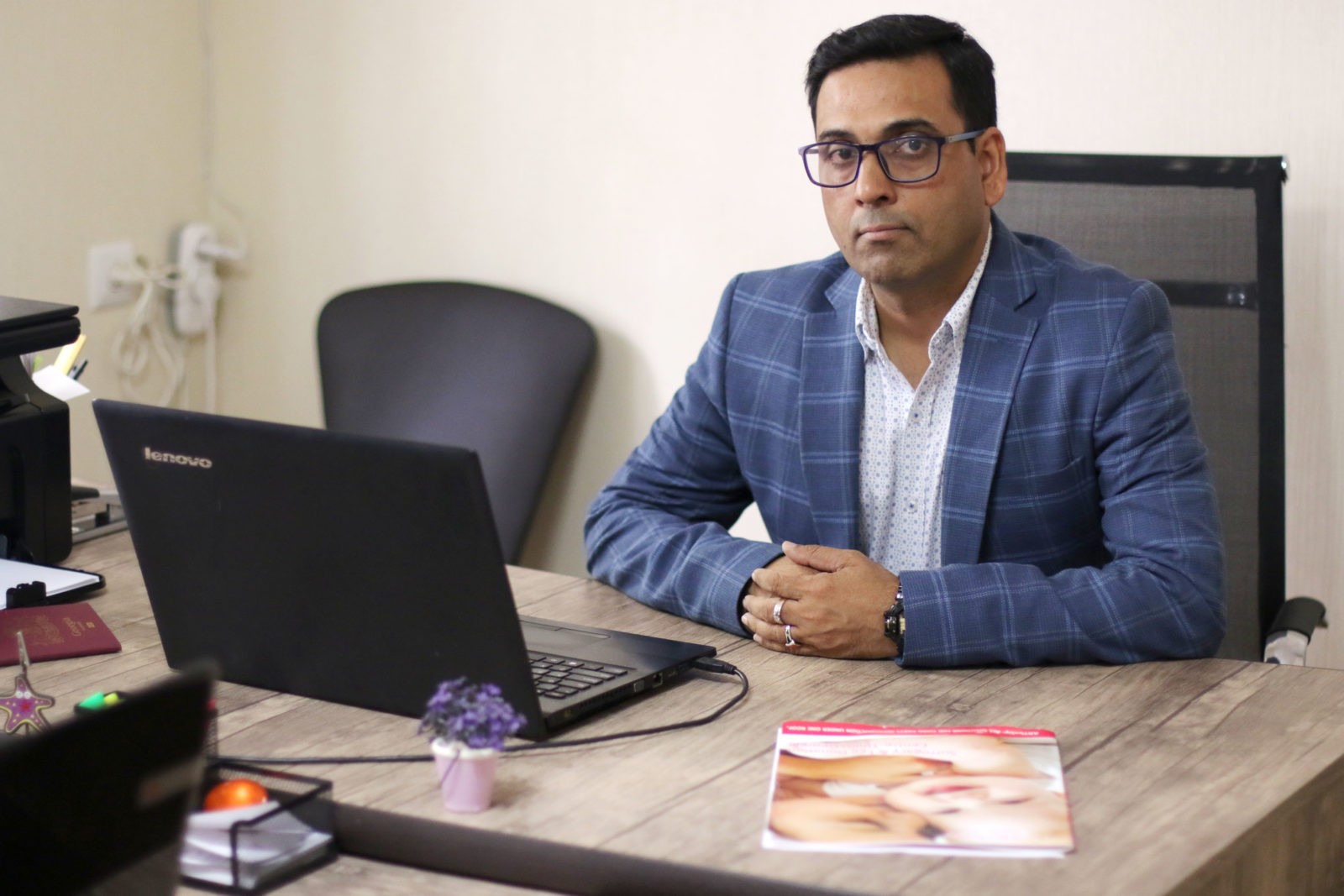
In surrogacy, it is a mutual decision between surrogate and clinician about the delivery.
Legally the developing fetus is the part of women’s body.
Therefore the surrogate has the right to accept or refuse any medication or medical procedure during the child delivery.
During the consent signature, the decision related to the preferred place of delivery and medication use for pain relief has taken.
However, the final decision completely depends upon the progression of pregnancy, sudden obstetric problem occurrence like fetal mal-responsiveness, cessation of fetal growth, etc.
Surrogate has also a legal right to select the mode of delivery.
For many years, women had delivered birth at their home without any medical supervision.
In the mid-eighteen century, child delivery had got medical attention.
Women in western countries had started giving delivery in hospitals.
By 1960, ninety-six percent of U.S women started to deliver their child in hospitals under medical supervision.
But labor pain management had not easily achieved.
Clinicians started to try and error method to control labor pain.
“Twilight sleep” was the first introduction of painless labor, which started in Germany during 1914.
Combined medication treatment of morphine and scopolamine was given by the doctor to pain relief.
But this practice no longer continued for a long time due to its serious side effect.
Patient complaint this combination of medication induces memory loss during labor.
It also increases the risk of hemorrhaging and can cause serious side effects including death.
After 1970, this treatment practice was completely obsolete.
In surrogacy, the surrogate can decide the labor pain management option by considering her pain tolerance ability, how her previous pregnancy was proceeding and current pregnancy complications, potential medical risk factors both on mother and fetus, her expectation from the labor experience, etc.
Currently, available delivery options are as follows:
- Un-medicated births
- Relaxation therapy for example Lamaze
- Alternative therapies like reflexology and hypnobirthing
- C-sections
- Vaginal births with or without an epidural or application of and laughing gas (nitrous oxide)
- General anesthesia only for the complicated condition.
Surrogate can choose any of the above-mentioned processes.
However, mostly surrogates prefer to select an epidural method for labor pain management.
An epidural method, a low dose anesthetic medication has injected directly into the epidural space in the spine to block the pain signal traveling from the spinal cord to the brain.
The onset of action of the medication will start after 10 to 20 minutes.
Sometimes more than one injection needs to push through catheter attach at the back of the lower spine, as one injection may not sufficient to relieve pain.
Epidural treatment does not produce a long-term negative effect on a child’s health and considers as relatively safe labor pain management option.
Many surrogate mothers give a positive response by opting epidural pain management.
Epidural injection delays the right positioning of the child for delivery.
Therefore, birth length little increases by opting the epidural technique.
The epidural method also has some rare side effects.
Such as low blood pressure, which causes nausea and giddiness, other rare side effects include epidural injection induce fever and hard to urinate.
The chance of instrumental delivery such as vacuum suction or forceps delivery also may require in case of epidural technique due to delay delivery.
However, the normal dose of epidural injection does not increase the risk of C-section.
Some traditional labor pain control methods are bathing with warm water, a foot massage.
These can help to reduce the tension and provide a relaxing effect.
Experts also suggest exercise with the ball during pregnancy for labor pain relief.
Above all, surrogate highly needs support from her family, as well as intended parent’s support throughout the pregnancy and during delivery.
This support gives her strength to bear the pain.

Ravi Sharma is a self-motivated, successful entrepreneur and has a solid experience in the fertility segment. and he is the director at ARTbaby Global (ARThealthcare). He is a pharmacy graduate with post-graduation in business administration and has 14 years of rich experience in the field of infertility segment. He loves to write about IVF, Surrogacy, and other ART (assisted reproductive technology) news, issues, and updates. He is a Pharmacy graduate (B. Pharm) and M.B.A (marketing).
His most recent success includes the successful launch of the medical tourism company, ARTbaby, which offers treatment options for infertility, egg donation, and surrogacy. He likes spending time with his family and writing about various aspects of IVF surrogacy and donating eggs.
